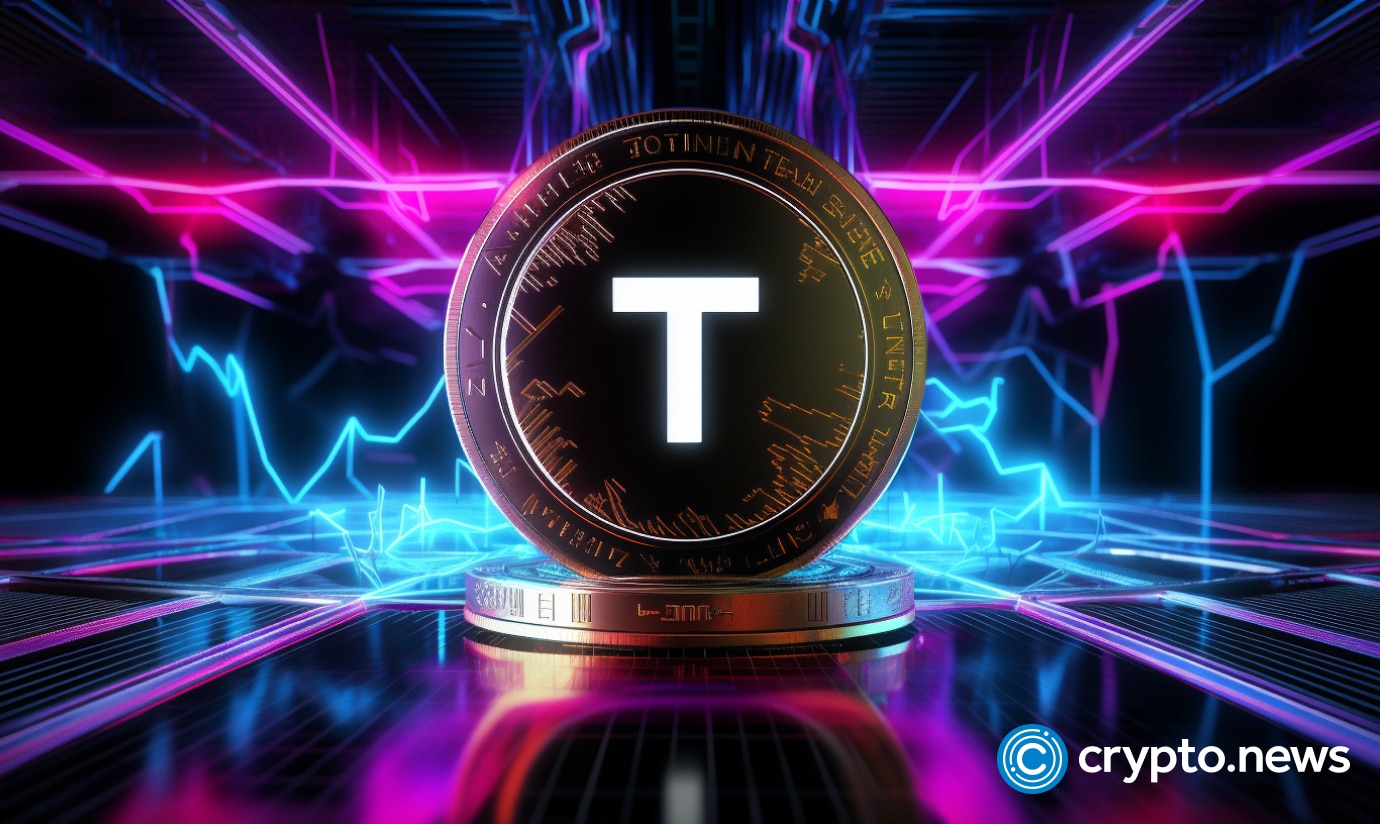2018-10-18 18:00 |
Bitfinex’ed, a long-time critic of Bitfinex and Tether LLC, a company that oversees the development of stablecoin Tether (USDT), has stated in an interview with Modern Consensus that the “pretend KYC/AML” system of Bitfinex is preventing the exchange from obtaining banking services.
For years, from the shutdown of the exchange’s Wells Fargo bank accounts to its troubles with Taiwanese banks, a relatively large portion of the community was convinced the denial of banking services towards Bitfinex was caused by the firm’s dependence on USDT.
Not Tether, it is Weak Internal Management SystemDuring the interview, Bitfinex’ed stated that Bitfinex employs a “pretend” Know Your Customer (KYC) and Anti-Money Laundering (AML) system that disallows the exchange from providing relevant information on suspicious transactions to partner banks initiated by users of the exchange.
“Bitfinex is not KYC/AML [Know Your Customer/Anti-Money Laundering] compliant (and this fact is actually mentioned as a big plus by shareholders). They do not want to become KYC/AML compliant. They only want to have what I call, pretend KYC/AML. When I say pretend-KYC/AML, essentially there are ways around complying with KYC/AML on the exchange. For example, let’s say you’re a drug dealer. You buy bitcoins with cash. Send the Bitcoins to Bitfinex. Sell for US Dollars on Bitfinex. No KYC required. You need the USD? Buy Bitcoin with the USD on Bitfinex. Withdraw, cash out at an ATM. You have a USD bank account with no-KYC/AML. That’s illegal.”
For major banks in the likes of Wells Fargo and most recently HSBC, KYC and AML compliance is a key component in any banking relationship, as the failure of a partner business to comply with local financial regulations could lead to scrutiny from regulators.
Crucially, Bitfinex’ed emphasized that strictly audited, regulated, and transparent stablecoins like Gemini Dollar, PAX, and TrueUSD are not alternatives to Tether for exchanges with weak KYC/AML exchanges, as regulators will request the same level of KYC/AML compliance from exchanges that integrate regulated stablecoins.
“The regulated stablecoins are doomed. They only exist because people think there’s demand for stablecoins. There isn’t, the only demand for stablecoins is for unregulated exchanges. Regulators aren’t going to tolerate non-KYC/AML exchanges using regulated stablecoins. In order to use a regulated stablecoin you will have to have the same compliance as a regulate USD exchange. At that point, you may as well just get real banking. The banks that bank the regulated stablecoins also will face significant liability due to activity on non-KYC/AML exchanges.”
What’s Next For Bitfinex?Currently, as reported by The Block, Bitfinex is switching bank to bank with private bank accounts to clear deposits to the exchange. However if weak or non-existing KYC/AML is the key issue of Bitfinex, which ostensibly seems to be case, then it will be difficult for the exchange to gain any stable banking partner in the months and years to come.
If regulated stablecoins begin to require exchanges to follow a thorough guideline regarding regulatory compliance, it could be possible that exchanges are forced to pivot from regulated stablecoins.
The post Long-Time Critic Explains Why Bitfinex is Unable to Work With Banks appeared first on NewsBTC.
origin »Tether (USDT) íà Currencies.ru
|
|


